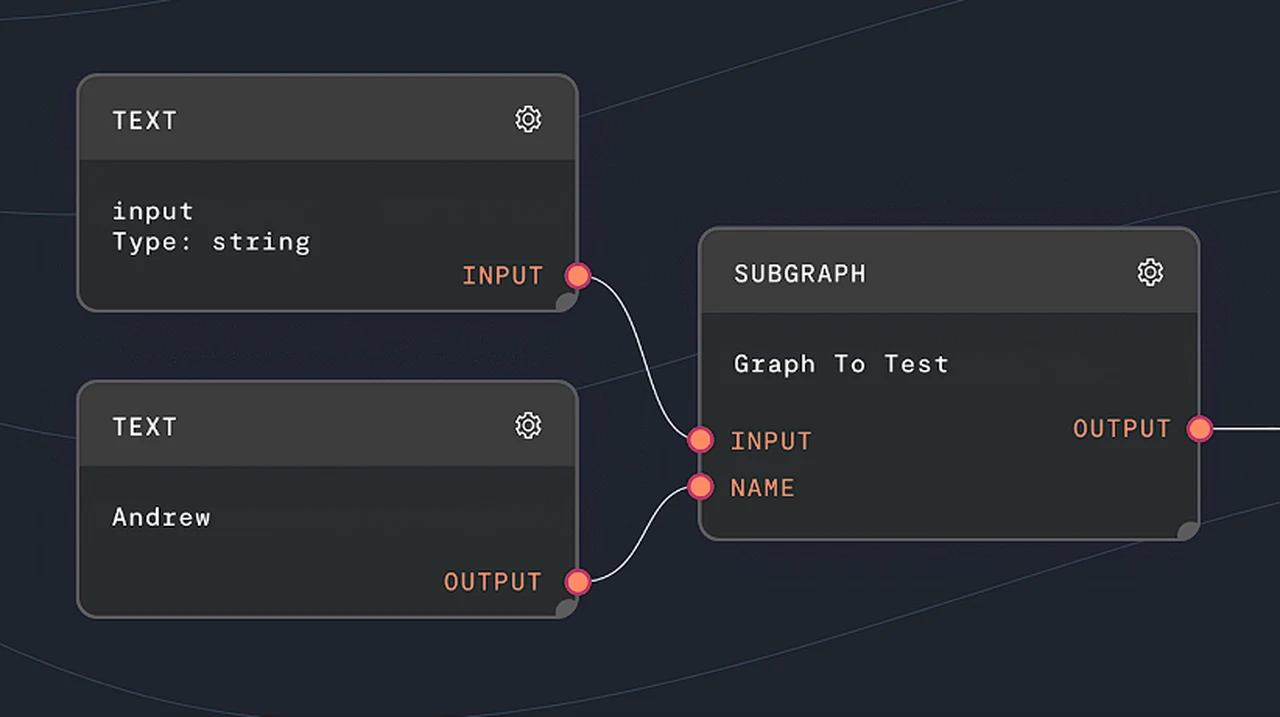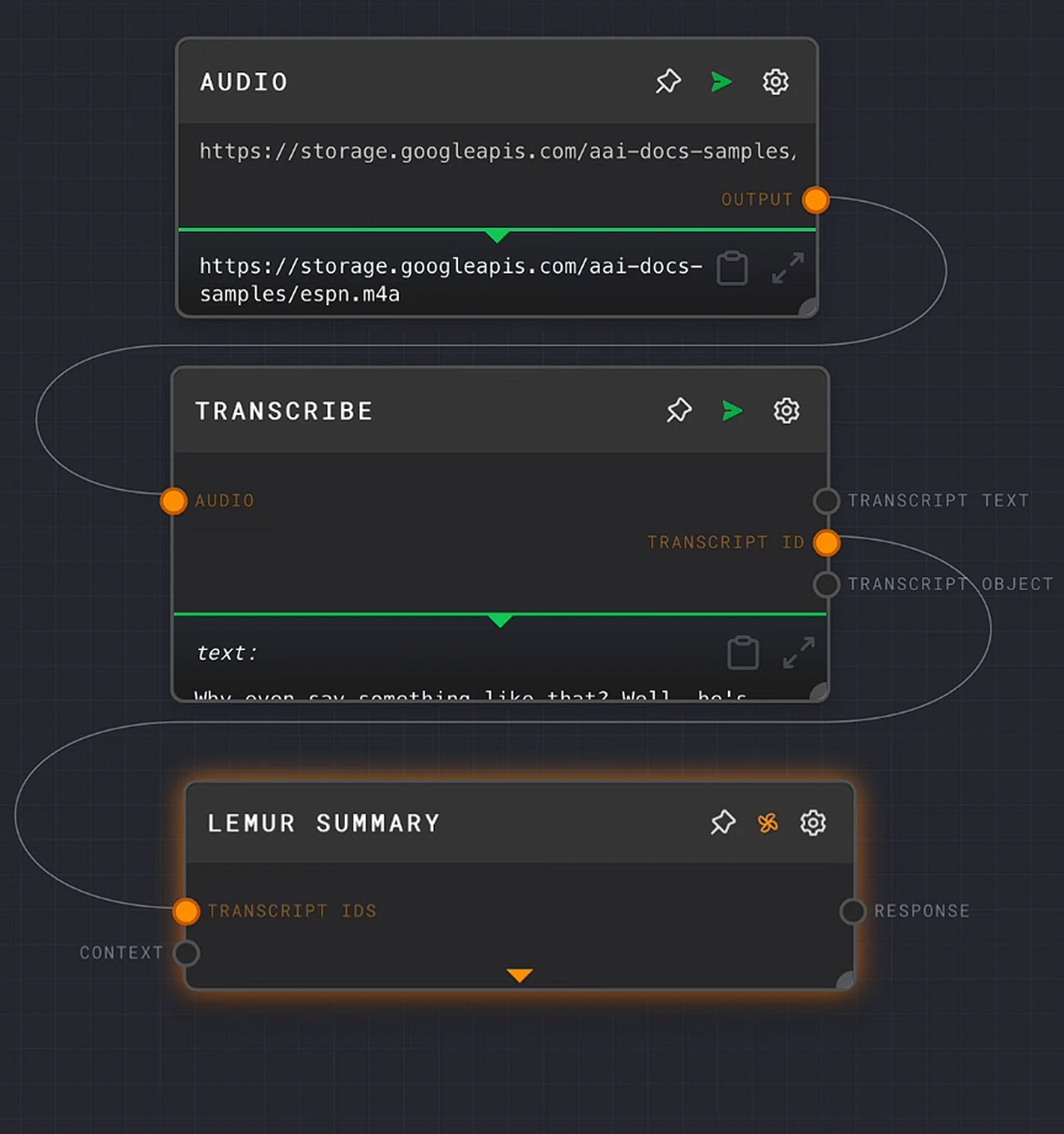
In the fast-paced online world, a good website landing page is crucial. It’s the first thing people see when they visit a business online. It’s like a digital handshake. This is where people form their first impression of a business. Effective landing page usage is crucial for online business success. But there’s more to a landing page than how it looks. The technical parts are just as important.
Artificial intelligence (AI) is changing many areas, including business websites. One AI tool recently launched by OpenAI is the ability to create custom GPTs or Generative Pre-trained Transformers. This method of easily creating AI tools for website, productivity and automation is going to transform the business world. These AI models can create text that sounds like a human wrote it and thanks to the new Assistant API and ChatGPT integration.
Custom trained on your brand and products
Users can train these GPT models by feeding them with data and customize them to produce specific categories of text and results. This makes them great for making websites more dynamic and interactive, providing customer support and more 24-hour is a day seven days a week. In a similar way to having a sales assistant always available for every visitor to your website answering any questions they may have accurately based on your custom data and training.
Good landing pages begin with design. It should be visually appealing, representative of the brand, and user-friendly. The layout should assist visitors in actions like buying, signing up, or learning more. Use good headlines, smaller headings, and pictures that show what the page is for. The goal is to make it easy for people to understand and benefit from what you’re offering. The custom GPT should perform well on any device, mobile or desktop. Use modern web tools to make pages that can change for different devices and write efficient custom GPTs that doesn’t slow down the page.
Designing custom GPTs for landing pages
Other articles we have written that you may find of interest on the subject of automation
GPT models are especially good for making chatbots on websites. These chatbots can talk to visitors, turning them into customers. No coding knowledge required to use these models on your site. Tools like Zapier and OpenAI make it easy to set up and manage these models. For example, you can put a chatbot on your website that uses GPT to respond to visitors.
Zapier, a tool for linking apps and automating tasks, can help manage the data between your website and the GPT model. When someone talks to the chatbot, Zapier sends their words to the GPT model and then sends the model’s reply back to the chatbot. This makes the chat experience smooth and can help turn visitors into customers.
Cost-effective solution
Using GPT models can be cheaper than hiring engineers for similar jobs. The cost of using a GPT model depends on the provider, but it’s usually less than paying an engineer. These models can also save time and resources since they work well with tools like Zapier. Custom GPT models are flexible. You can train them with your own data to make responses that fit your brand. Better training data leads to better model performance. It’s important to use good, varied data.
In today’s mobile-driven world, your page should function seamlessly across all devices. It should change its layout for different screens. Testing on lots of devices is key to make sure it works well everywhere. A responsive page is not only better for users but also helps with search engine rankings.
How people feel using the page is also key. A good page, for example, is one that is easy to use and find information on. Test with users to find and fix any problems. Also, the page should load fast. If it’s slow, people might leave. To speed up, use smaller images, save browser data, and keep web requests low.
Conversion rate optimization (CRO) means changing your page to get more people to do what you want, like signing up or buying. Test different things like buttons, headlines, or pictures to see what works best. Keep forms simple and use words and reviews that build trust and encourage people to act. Keep an eye on how the page does with analytics tools to keep making it better.
Here is a quick summary of areas to consider when designing and integrating custom GPTs into website landing pages
- Importance of Landing Pages:
- Landing pages are crucial in the fast-paced digital world, acting as the forefront of a business’s online presence.
- They serve as a digital introduction, influencing a visitor’s first impression and decision to engage with the brand.
- For online success, mastery in crafting landing pages is crucial, going beyond aesthetics to technical proficiency.
- Role of AI in Enhancing Landing Pages:
- Artificial intelligence, particularly GPT models, revolutionizes the functionality of business websites.
- GPT models excel in generating human-like text, learning from vast internet sources to produce tailored content.
- This capability renders websites more dynamic and interactive, elevating the user experience.
- Design and User Experience:
- Effective design aligns with the brand identity and caters to user-friendliness.
- The layout should encourage specific actions like purchases, subscriptions, or learning about services.
- Utilizing clear headlines, subheadings, and imagery simplifies the user journey and highlights the offered value.
- Responsiveness across devices is crucial, ensuring consistent performance from smartphones to desktops.
- Speed optimization is key; a slow-loading page risks losing potential customers.
- GPT-Powered Chatbots:
- Chatbots powered by GPT can significantly enhance user engagement, converting visitors into potential leads.
- These advanced chatbots require minimal coding knowledge for integration, thanks to user-friendly tools like Zapier and OpenAI.
- They can provide personalized interaction, improving the overall user experience and likelihood of conversion.
- Automation and Data Management:
- Zapier facilitates the automation of data flow between the website and GPT model, enhancing the efficiency of chatbot interactions.
- This automation creates a smooth, responsive dialogue between the chatbot and visitors, fostering a positive user experience.
- Cost-Effectiveness and Customization:
- GPT models offer an affordable alternative to hiring dedicated engineers for content generation and chatbot interactions.
- Customizable to specific business needs, GPT models can be fine-tuned with proprietary data to align with the brand’s voice and style.
- Mobile Optimization and SEO:
- With the prevalence of mobile usage, ensuring mobile responsiveness is non-negotiable for landing pages.
- Responsive design contributes not only to user satisfaction but also aids in improving search engine rankings.
- User Testing and Page Speed:
- Continual user testing helps identify and rectify usability issues, ensuring the landing page meets user expectations.
- Optimizing elements like image size and browser caching is essential to enhance page loading speed.
- Conversion Rate Optimization (CRO):
- CRO involves iterative testing of various elements (CTAs, images, forms) to increase user actions like sign-ups or purchases.
- Simplifying forms, using persuasive language, and presenting social proof are strategies to boost conversions.
- Ongoing monitoring through analytics is vital for understanding performance and guiding further optimizations.
- Long-term Strategy:
- A well-designed landing page is not just a one-time entry point; it sets the stage for a sustained relationship between the business and its clients.
- It’s a critical component of any comprehensive online strategy, impacting customer acquisition and retention.
Designing and making a website landing page is important. The initial impression can influence whether people stay or leave. These tips help businesses create attention-grabbing landing pages. Adding custom GPTs can boost readership, followers, and sales. This first step on the landing page can start a long-term relationship between a business and its customers, making it a key part of any online plan.
Filed Under: Guides, Top News
Latest timeswonderful Deals
Disclosure: Some of our articles include affiliate links. If you buy something through one of these links, timeswonderful may earn an affiliate commission. Learn about our Disclosure Policy.







